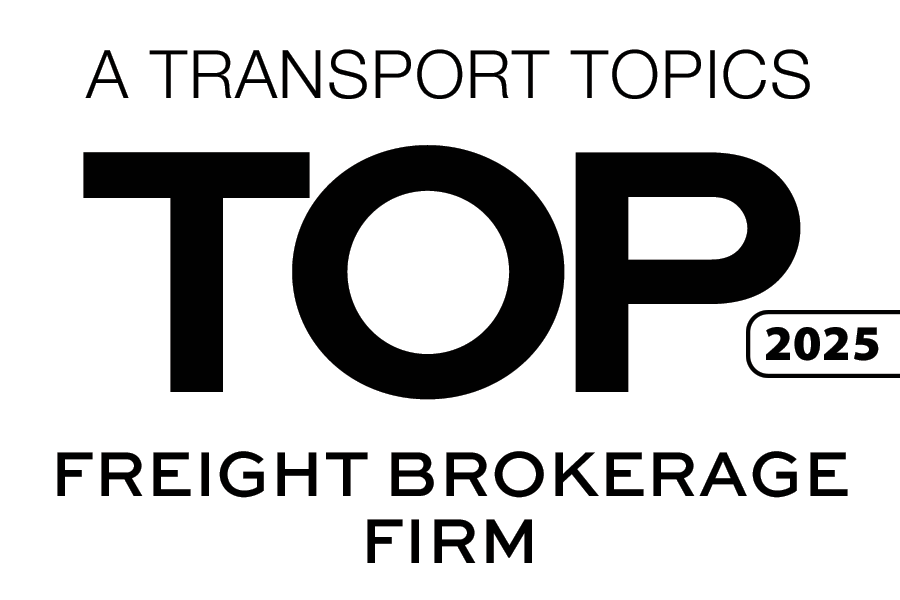Applications and limitations for AI in transport
November 20, 2023
 Artificial intelligence offers both potential advantages and hurdles for the transportation sector. While specific uses like optimizing routes and managing inventory show promise, a thorough evaluation is necessary to determine the actual value and practicality of incorporating AI into supply chain processes. Although AI may play a role in shaping the future of transportation, successfully integrating AI demands a considerate and strategic approach.
Artificial intelligence offers both potential advantages and hurdles for the transportation sector. While specific uses like optimizing routes and managing inventory show promise, a thorough evaluation is necessary to determine the actual value and practicality of incorporating AI into supply chain processes. Although AI may play a role in shaping the future of transportation, successfully integrating AI demands a considerate and strategic approach.
There is a distinct difference between artificial general intelligence and narrow AI. For now, applications in transportation lean towards the latter. Narrow AI excels at automating repetitive, narrow, and well-defined tasks. This distinction sets the stage for understanding where AI can truly make a difference in the transportation sector.
“Functions that a person can do at a high level but are very repeatable tasks—those are things that are rife for disruption from a machine learning or artificial intelligence perspective,” says Keith Moore, CEO of the tech firm Autoscheduler.AI.
One area where AI could significantly impact the industry is route optimization. While on the surface, optimizing routes seems like a perfect fit for AI, complexities presented by real world scenarios could present challenges for these platforms.
Which tasks can be handled by AI, and where’s the human touch needed in the supply chain? Watch the latest episode of the Stay In Your Lane Podcast to learn more.
“I could absolutely use AI to build you the shortest route by travel distance or by time,” says Moore. “Where it becomes challenging is that in reality, it’s never just one truck zigging and zagging its way through the world.”
Issues could arise when dealing with the complicated demands of multiple vehicle deliveries, varying rates, and unique parameters set by customers. Despite the potential, investing in AI for route optimization requires a substantial commitment due to the intricate nature of the business.
In transportation, the importance of risk reduction cannot be overstated. This is another area where AI can play an important role by helping to ensure consistency. For many businesses, there is a risk associated with relying on so-called “tribal knowledge,” the informal practices and policies that are often developed by workers. The pitfalls of this type of knowledge transfer are especially apparent when a key individual retires or leaves the organization. Implementing AI solutions can mitigate such risks, ensuring that operational efficiency remains intact even in the face of personnel changes.
AI is already beginning to make its presence felt in transport through predictive fleet maintenance, though some have reservations about the significance of its impact. While technically possible, the value gained from AI in this area has yet to justify the required investment. For large companies where downtime costs can be absorbed, the value proposition may be less compelling compared to other AI applications.
An undeniable strong point for transport applications of AI lies in the potential for more efficient space utilization and inventory management. “You can use AI to build a better inventory strategy, to better forecast what people are going to order, and to build a better deployment plan on where you’re shipping things,” says Moore. AI can optimize distribution processes, enhance forecasting accuracy, and streamline inventory consolidation, resulting in improved warehouse productivity.
AI also has an important role to play in promoting sustainability and eco-friendliness. Simply lessening the distance traveled is a key aspect of sustainable transportation. By leveraging AI for better route planning and operational efficiency, the industry can contribute to reducing its environmental footprint and reducing carbon emissions.
AI presents both opportunities and challenges for the transportation industry. While certain applications such as route optimization and inventory management hold promise, careful consideration is required to assess the true value and feasibility of AI solutions in the supply chain. The future of transportation may indeed be shaped by AI, but the human element remains crucial. Successful integration of AI requires a thoughtful and strategic approach. For more on this and other important topics, subscribe to the Stay In Your Lane Podcast from Triple T Transport.














